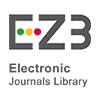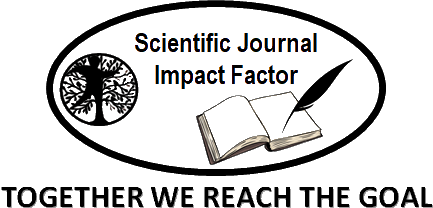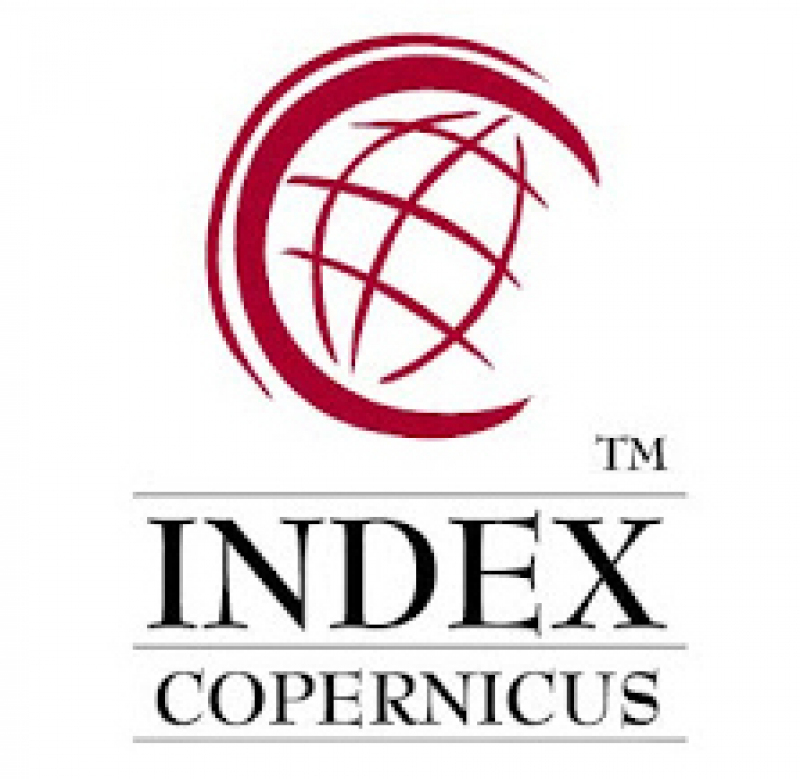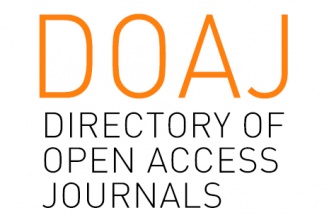Dancing with the Invisible: Trance as a Medium of Cultural and Spiritual Dialogue in Javanese Folk Tradition
Abstract
This paper examines the phenomenon of trance in Javanese traditional dance traditions, viewing it as an artistic endeavor rather than a psychological peculiarity. Trance is understood as a type of communication between the human and supernatural realms, with significant roots in local traditions. Using an ethnographic method and the Solah Ebrah model, the study carefully documents and analyzes cultural behaviors associated with trance states in performance. Using Kurath's six-step ethnographic method: observation, description, laboratory research, analysis of dance forms and events, synthesis, and conclusion. The study examines the complexities of possession in folk dance from psychological, Islamic, socio-cultural, and performative viewpoints. The findings help to broaden our understanding of trance in performance and provide a helpful reference for future dance studies.
Keywords
Full Text:
PDFReferences
Ahimsa-Putra, H. S. (2007). Ethnoscience for Ethnocoreology of the Archipelago (Anthropology and Dance Heritage). In Scope of Study, Systematics, and Application of Its Science’ (pp. 91–93). Surakarta: ISI Press.
Ahmed, S. (1998). Ibn Taymiyyah and the Satanic verses. Studia Islamica, (87), 67–124.
Arni, N. H. (2020). The Phenomenon of Possession: A Critical Analytical Study in Islamic Theology and Psychology. Madina Journal of Islamic Sciences, 10(2).
Asutay, E., & Västfjäll, D. (2019). Sound and Emotion. The Oxford Handbook of Sound and Imagination, Volume 2, 369.
Barlow, D. H., Durand, V. M., & Stewart, S. H. (2013). Abnormal Psychology: An Integrative Perspective, Third Canadian Edition. Psychology.
Crooks, M. (2018). On the psychology of demon possession. The Journal of Mind and Behavior, 39(4), 257–344.
Durand, V. M., & Barlow, D. (2003). Abnormal psychology. Toronto: Thomson Learning.
Fischman, D. (2015). Therapeutic relationships and kinesthetic empathy. In The art and science of dance/movement therapy (pp. 33–52). Routledge.
Foley, K. (1985). The dancer and the danced: Trance dance and theatrical performance in West Java. Asian Theatre Journal, 2(1), 28–49.
Hakim, A. (2010). Hypnosis in Teaching: Cara Dahsyat Mendidik & Mengajar. Visimedia.
Hutchinson, L. A. (2010). Seeing as sensing: the structuring of bodily experience in modern pictorial art. University of Warwick.
Int.with-Sumisdi. (2024). Art Enthusiast. Magelang.
Int.with-Sunyoto. (2024). Cultural Practitioner of Temanggung Folk Dance. Temanggung.
Int.with.Slamet-Santosa. (2024). Chairman of the Soreng Wargo Setuju, Ngablak, Magelang. Magelang.
Kadir, N. U., Wijaya, F., & Sanusi, M. (2023). Jenis Gangguan Psikotik Berdasarkan PPDGJ III. Innovative: Journal Of Social Science Research, 3(4), 9140–9150.
Koloska, H. (2024). Divine and Human Hospitality in the Narratives of Sūrat al-Ḥijr. In Behind the Story: Ethical Readings of Qurʾānic Narratives (Vol. 6, pp. 93–119). BRILL. https://doi.org/10.1163/9789004683167_005
MA, S. (2017). Antropologi Tari Dalam Perspektif Indonesia. Yogyakarta: Media Kreativa.
Pramutomo, R. M. (n.d.). Tari dalam Pandangan Budaya. Undang-Undang Republik Indonesia Nomor 19 Tahun 2002 Tentang Hak Cipta, 65.
Rapoport, E. (2020). Spirit possession, Javanese magic and Islam: Current state of affairs. Between the Worlds, 2(2), 94–112.
Shay, A., & Sellers-Young, B. (2016). The Oxford handbook of dance and ethnicity. Oxford University Press.
DOI: http://dx.doi.org/10.18415/ijmmu.v12i8.6928
Refbacks
- There are currently no refbacks.
Copyright (c) 2025 International Journal of Multicultural and Multireligious Understanding

This work is licensed under a Creative Commons Attribution-NonCommercial-NoDerivatives 4.0 International License.
https://ijmmu.com
editor@ijmmu.com
facebook.com/ijmmu
Copyright © 2014-2018 IJMMU. All rights reserved.



































